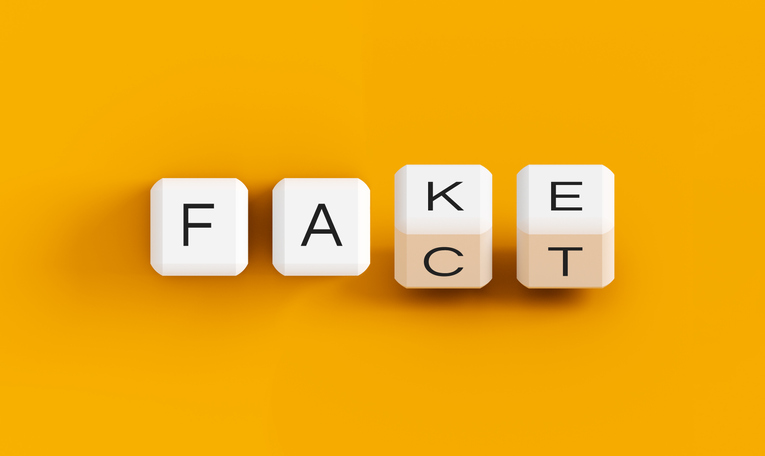-
 chevron_right
chevron_right
COVID misinformation: Giving the people what they want
news.movim.eu / ArsTechnica · Tuesday, 24 May, 2022 - 23:01 · 1 minute

Enlarge (credit: Anton Melnyk )
Misinformation posing as news has been a problem that only got worse with the ease of publishing on the Internet. But the COVID-19 pandemic seems to have raised it to new levels, driving lots of attention to rumors, errors, and outright falsehoods. Given the magnitude of the threat, there would seem to be a premium placed on ensuring the accuracy of any pandemic information. But that doesn't seem to be the case.
It's unlikely there will be a single explanation for why that was the case. But researchers based in Paris have looked into the dynamics of pandemic news in that country and found a potential contributor: Unreliable news sources were better at producing content that matched what readers were looking for.
Supply and demand
The researchers behind the new work treated the news ecosystem as a function of supply and demand. The audience—in this case, the Italian public—is interested in obtaining answers to specific questions or details on a topic. News sources attempt to satisfy that demand. Complicating this relationship, the news ecosystem includes organizations that don't produce quality information. Poor reporting can be due to carelessness or to satisfy an agenda separate from providing news.

